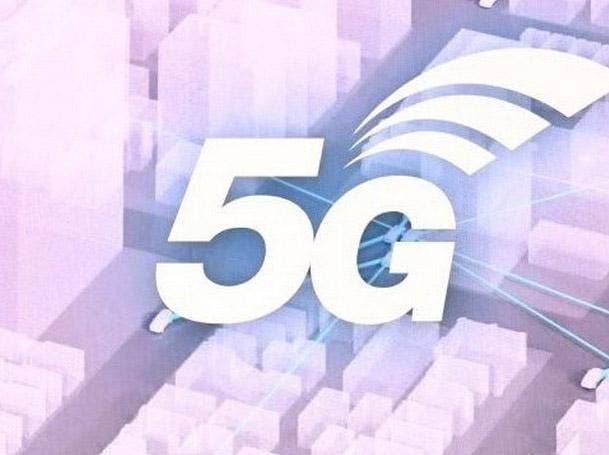Intel, VMware Seek To Accelerate 5G With New vRAN Platform
‘Many [communications service providers] are choosing to extend the benefits of network virtualization into [Radio Access Networks] for increased agility as they roll out new 5G services, but the software integration can be rather complex,’ Intel executive Dan Rodriguez says of the main issue the new platform will address.

Intel and VMware are helping communications service providers accelerate the rollout of LTE and 5G cellular networks with a new integrated software platform for virtualized Radio Access Networks.
The two companies said Wednesday that they are collaborating on the new software platform for virtualized Radio Access Networks, or vRAN, for short, saying that software-defined, virtualized infrastructure is helping service providers lower operational costs and launch networks faster.
[Related: Intel Makes 5G Play With Wide Range Of New Chips]
“Many [communications service providers] are choosing to extend the benefits of network virtualization into the RAN for increased agility as they roll out new 5G services, but the software integration can be rather complex,” Dan Rodriguez, corporate vice president and general manager of the Network Platforms Group at Intel, said in a statement. ”With an integrated vRAN platform, combined with leading technology and expertise from Intel and VMware, CoSPs are positioned to benefit from accelerated time to deployment of innovative services at the edge of their network.”
As part of the new alliance, Intel and VMware will work together on building programmable open interfaces that use Intel‘s FlexRAN software reference architecture and VMware’s RAN Intelligent Controller, with the goal of helping service providers address a variety of use cases, including real-time resource management, traffic steering and dynamic slicing.
The companies are already working with several service providers, telecom equipment manufacturers, OEMs and RAN software vendors, including telecom giants Deutsche Telekom and Vodafone Group. Dell Technologies is also participating by providing full-stack, customized IT offerings for the industry.
“Seeing VMware and Intel work together to enhance the performance of general-purpose computing platforms to run uncompromised RAN workflows, and to help simplify the complexities of product integration, has the potential to ensure Open RAN matures more quickly,” Yago Tenorio, head of network architecture for Vodafone Group, said in a statement.
While Intel exited one part of the 5G business when it sold its smartphone modem business to Apple last year, the chipmaker continues to focus on supplying processors and other types of hardware, ranging from CPUs and FPGAs to network adapters and ASICs, for 5G infrastructure. In the company‘s most recent earnings report, Intel said communications service providers helped drive a 43 percent increase in sales for its Data Center Group alongside enterprises and cloud service providers.